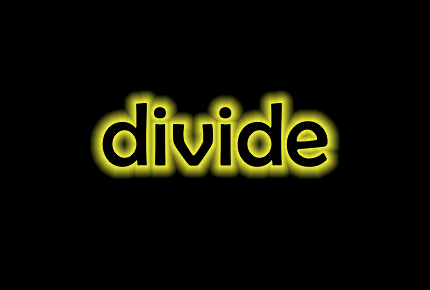
Declination is also measured in degrees and any negative value denotes a location in the southern celestial hemisphere, while any positive value denotes a location in the northern celestial hemisphere. A value of zero is, of course, the equator.ĭeclination on a star map works the same way. Negative values denote locations in the southern hemisphere and positive values denote locations in the northern hemisphere.

On maps of the Earth, latitude is measured in degrees and can be any number from -90 to +90. It only made sense then, to base that system upon the maps already in existence for the Earth.Īs we learned, instead of latitude, a star map uses declination. So when astronomers started to plot the positions of the stars, they needed a system to specify where on the celestial sphere a star can be found. In fact, the ancients imagined the stars to be affixed to a sphere that surrounded the Earth.Īlthough that’s not literally the case, it’s a good way to think of the sky and astronomers still refer to the sky above as the celestial sphere. Instead of looking down at a sphere, you’re actually looking up at one because we’re standing on the Earth and looking up at the sky. It’s the opposite when you look at a map of the stars. When you look at a map or globe of the Earth, you’re looking at it as though you were looking from above, rather than actually standing on its surface. We’ll come back to these terms in a moment, but there’s one other important difference to be aware of. Credit Djexplo – Wikipedia CommonsĪ star map works in a similar fashion, but instead of latitude there’s declination and instead of longitude there’s right ascension. More specifically, latitude denotes how far north or south of the equator a location is, whereas longitude specifies how far east or west of Greenwich, England, a location is.Īn illustration of latitude and longitude on the Earth. Maps of the Earth use a coordinate system called latitude and longitude to record the precise location of a town, city or feature on the surface of the Earth. More than that, a chart of the night sky uses a grid reference system – similar to latitude and longitude on maps of the Earth – that can help you to easily locate and identify thousands of potential observing targets. Similarly, a terrestrial map will also show you the locations of lakes, mountains and volcanoes, while a celestial chart will also show you nebulae, star clusters and galaxies.

Just as a map of the Earth will show you the different countries and cities, so a map of the sky will show you the constellations and their stars. What is a Star Chart or Star Map?Ī star chart is literally a map of the heavens.
STAR CHART MATH HOW TO
This article will cover the basics, explain how to read a star chart and how to get the most out of it. Learning how to read a star chart is as essential as learning how to operate your equipment, as without a star chart, you won’t know how to find your way around the sky.

Or, possibly, you’re already a little familiar with the constellations and are looking to delve a little deeper. Have you ever stood underneath a clear, starry sky and not known what you were looking at? Maybe you already know the Big Dipper and would like to discover more.


 0 kommentar(er)
0 kommentar(er)
